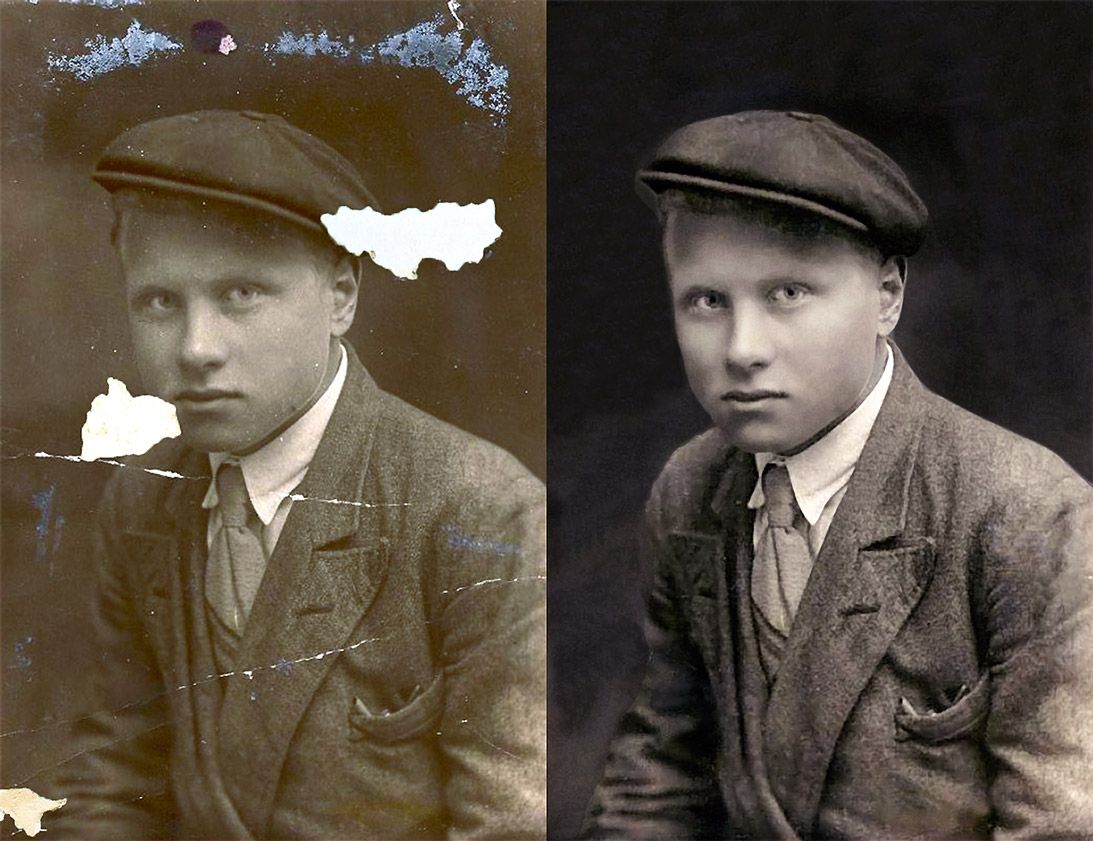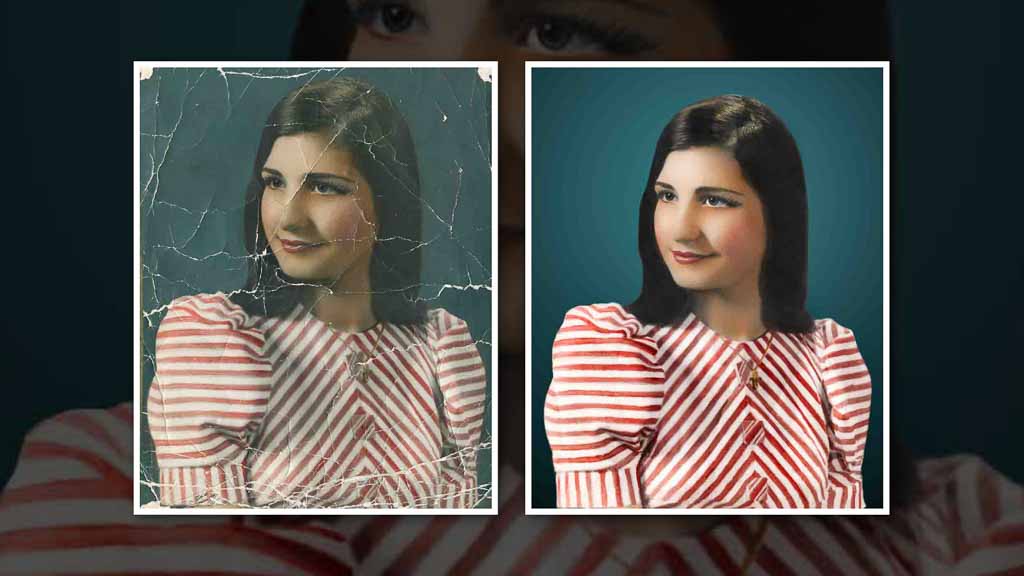The Limits of Digital Image Restoration
Can Damaged Digital Images Ever Be Fully Repaired?
Digital images are manipulated all the time through various editing techniques and filters. However, once changes are made that remove important pixel information, restoring the original data becomes impossible without access to the untouched source file. In this article, we will explore the technical limitations of image restoration and what can and cannot be done to recover altered visual content.
Irreversible Pixel Manipulation Prevents Full Recovery
Any changes made to a digital image that involve overwriting pixel values are by nature irreversible without the original file to reference. Blurring, cropping, resizing and other filters that average or remove pixel data destroy unique details that cannot be reconstructed from the altered copy alone. While Gaussian blurring and resizing algorithms are repeatable processes, running them in reverse on a modified file does not magically bring back vanished information. At best, educated guesses can be made but full restoration to the original state is not achievable. Certain distortions like rotation or color adjustments are potentially reversible since they mathmatically transform rather than destroy raw pixel data. But once pixels are averaged, overwritten or removed, they are gone for good.

Manual Editing Allows Approximation But Not Perfect Reconstruction
With enough manual editing skills and a good understanding of the original subject, it is possible to simulate or approximate portions of an image that have been altered in an irreversible way. For example, someone could redraw blurred or blocked out facial features based on context clues. Machine learning assisted tools are also improving at generating plausible fill-in content. However, any manual or AI-aided reconstruction remains an interpretation rather than a perfect duplication of the erased information. Subtle nuances that differentiate the replica from the real thing will always remain. While good for certain uses, fully restoring the intrinsic details and authenticity of the lost original data is an unachievable goal.
Leveraging Context and Additional Sources Can Help Fill In Gaps
While perfectly repairing pixel values destroyed through manipulation is impossible, understanding the context and utilizing additional source materials can still aid meaningful reconstruction when possible. Here are a few strategies that may partially recover lost or obscured information:
Leveraging Contextual Clues About the Original Subject
Even with pixels removed, surrounding context often provides useful hints about deleted or obscured content. Factors like surroundings, known subjects, timestamps and more give clues that can guide manual redrawing or AI assistance. Recreating plausiblemissing details becomes more achievable when informed by contextually deduced likelihoods.
Comparing to Additional Unaltered Photos
If other unedited photos of the same scene or subject still exist, they offer a precious pixel-level reference for partial restoration. Differences can be analyzed and missing regions selectively rebuilt based on similar intact areas. Multiple sources further constrain possibilities and improve approximation quality.
Requesting Original Files from Photographer if Possible
Reaching out to the photographer or source of the photo is one Hail Mary pass that just may succeed. If original untouched files still exist in their archives, the complete restoration dream could become reality. Photos are frequently duplicated, so it’s always worth an ask even for seemingly non-recoverable cases.
In Summary - Digital Repair Has Firm Technical Boundaries
While people often want to believe damaged digital media can always be repaired through technology, the physics of pixels sets firm boundaries on what’s possible. Once numerical data representing visual information is altered in an irreversible way, restoring the original fidelity is off the table without external references. Context clues, additional sources, and manual approximations allow improving interpretations, but perfect reconstructions will always remain out of reach without the pristine original file. For those seeking to fully revive lost visual data, prevention through proper preservation is superior to any after-the-fact recovery techniques.
Real World Examples Demonstrate Restoration Challenges
A few notable cases help illustrate the challenges and limitations of digital image restoration when original source materials are compromised:
Pixel Overwriting Makes Reversing Blurs Impossible
Mike Adams claimed blurs could be reversed through their algorithms, but Gaussian and other averaging blurs permanently overwrite pixel values, preventing full recovery as discussed. At best, manual redrawing approximates concealed details.
Resizing and Cropping Remove Irreplaceable Scene Context
Photos often undergo resizing and cropping that lops off important surrounding context. Perfectly restoring missing areas to match the real scene geometry is infeasible without the wider original shots.
Context Leveraging Helped But Could Only Approximate Edits
Where additional photos existed showing the same subjects before distortions, analysts could simulate obscured regions, but still approximations rather than perfect replicas of removed content. Context only goes so far without the pixel data blueprint.
Requesting Originals Succeeded In Rare Cases
On occasion, photographers still had pristine source files in archives and were able to provide lossless originals, achieving the best possible restoration results. However, this optimistic scenario depends on long term care and preservation of raw assets.
In summary, while restoration experts get better through combining tools and sourcing strategies, fundamental physics will always constrain what’s possible post-alteration. The digital availability and care of pixel-level source materials proves ultimately critical to preservation and recovery potential of impaired visual records.
